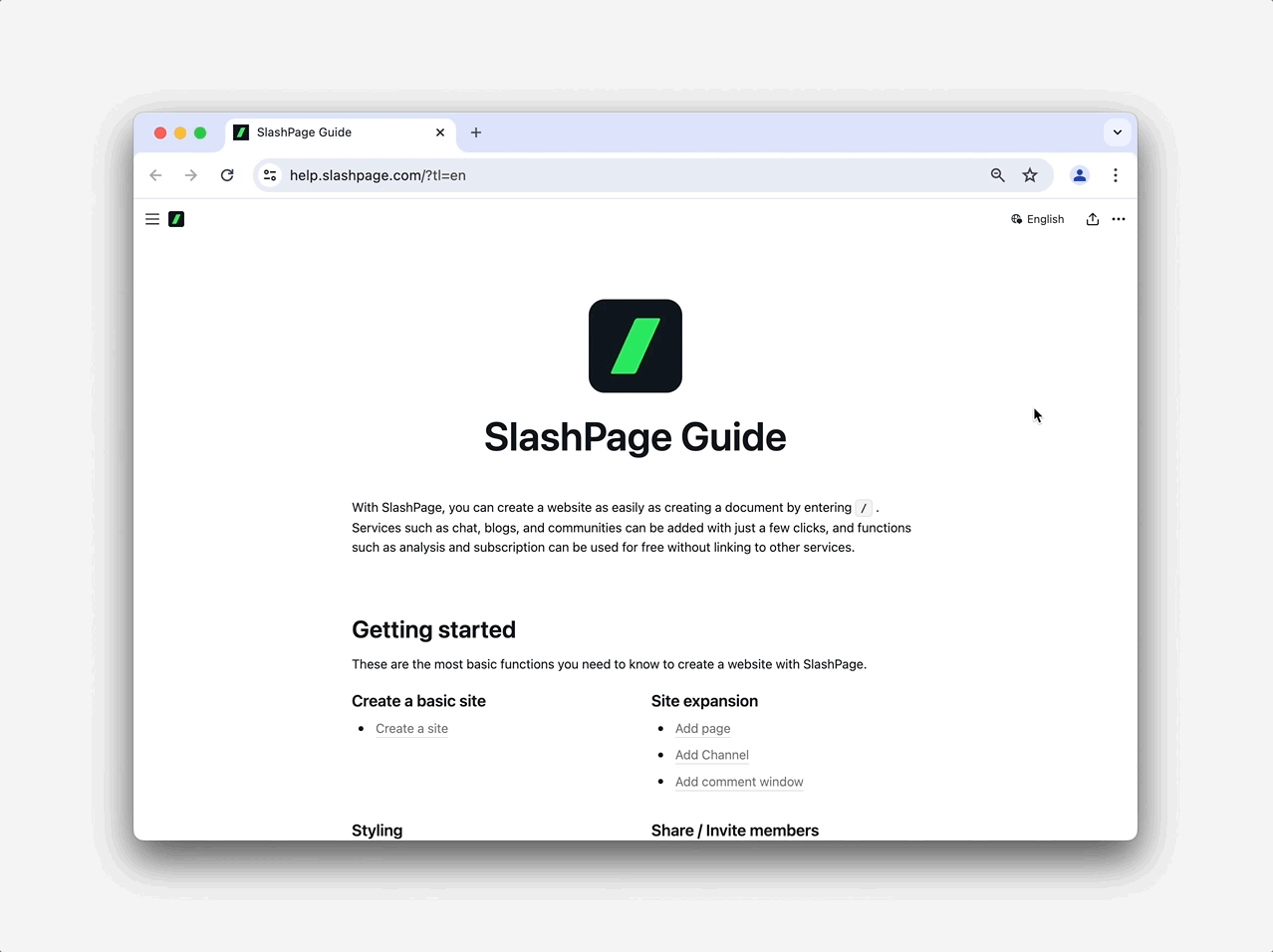
The Ultimate Playbook for Small Startups to Organize User Feedback Efficiently
Below is a practical playbook for early-stage startups on how to transform scattered user feedback into actionable insights that directly improve your product. Key Takeaway Small teams must organize user feedback to allocate limited development resources effectively, retain early users, and increase overall customer satisfaction. To manage user feedback efficiently with minimal time and staffing, follow this workflow repeatedly: centralize feedback, categorize it with clear tags, prioritize items, notify users to close the feedback loop after improvements, and check user reactions. Why Organizing Feedback Is Critical for Early-Stage Startups Allocate limited development resources more efficiently If your team sets priorities based only on internal assumptions, you may focus on features users do not need. For example, imagine a small design tool adding an advanced drawing pen feature that most users never request. To avoid wasting time, budget and development resources on low-impact features, we recommend categorizing user feedback and assigning priority levels instead of relying on team intuition. Retain early users by building features they actually want If your product is still incomplete, early adopters are more valuable. Collect feedback actively and implement the features you can deliver quickly with minimal resources. When users see that their feedback is reflected in the product, they are more likely to stay engaged and become long-term supporters. Improve overall user satisfaction long-term Some feedback can be addressed immediately, while other requests may only be resolved months later. If feedback is stored with categories and statuses, you can notify users easily when improvements are made. In our experience, notifying users about improvements significantly increases loyalty and engagement. Even if they've churned, that notification may bring them back. This is only possible when user feedback is organized systematically. 6 Steps to Organize User Feedback Efficiently With Minimal Resources This workflow guides small teams on collecting feedback from multiple sources, categorizing it, prioritizing, implementing improvements, notifying users, and repeating the process. 1. Centralize all feedback in one place Collect all user feedback from every channel (email, surveys, etc.) into a single hub. Record each piece of feedback together with the user's ID or email so you can quickly notify them once the issue is resolved. Set everything to a Backlog state first for proper organization. Whenever new feedback comes in, simply repeat this setup. If you want a tool that automatically gathers feedback from multiple sources, Canny is a solid option. However, its free plan tracks feedback from only up to 25 users. Considering future growth, it can be a better long-term choice to centralize all feedback into a single feedback board using Slashpage, which offers unlimited users and unlimited feedback. Action Checklist Create a workspace using Canny, Slashpage, or similar feedback management tools.
- Tip

1










































